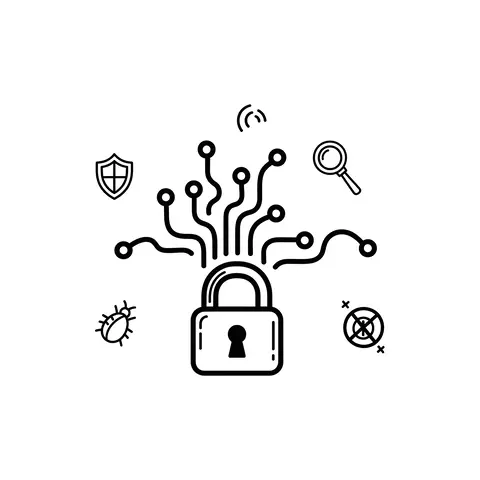
Fragment Attack (FragAttacks): A Technical Analysis
Near Field Communication (NFC) is a wireless communication technology that enables devices to exchange data over short distances — typically less than 4 centimeters. While it may sound like a niche innovation, NFC has become an essential part of modern life, powering everything from contactless payments to smart locks and IoT devices.
This article explores how NFC works, its real-world applications, and the security implications that come with its convenience.
At its core, NFC is a subset of Radio Frequency Identification (RFID) technology. It operates at the 13.56 MHz frequency and allows two NFC-enabled devices to establish communication when brought close together.
There are three main modes of NFC operation:
| Mode | Description |
|---|---|
| Card Emulation Mode | Your smartphone acts like a contactless credit card. Used for mobile payments via Apple Pay, Google Wallet, or Samsung Pay. |
| Reader/Writer Mode | A device reads or writes information to NFC tags. Example: scanning an NFC-enabled poster to open a website. |
| Peer-to-Peer Mode | Two devices exchange data directly. Example: Android Beam (now discontinued) for sharing files. |
NFC is widely adopted because of its simplicity and speed. Here are the most common use cases:
Contactless Payments
NFC is the backbone of tap-to-pay systems. It allows consumers to complete transactions in seconds without swiping cards or entering PINs.
Public Transport Systems
Metro cards and transport passes often rely on NFC for quick access and validation.
Access Control
Many offices, hotels, and smart home systems use NFC-based cards or fobs for secure entry.
Smart Posters & Marketing
Businesses can embed NFC tags into posters or products, enabling consumers to scan and instantly receive information or promotions.
Healthcare & IoT Devices
NFC tags are used in patient wristbands, medication tracking, and pairing IoT devices like headphones and printers.
While NFC is convenient, it comes with potential risks:
Eavesdropping
Attackers could intercept communication between two NFC devices. However, the short range makes this difficult.
Relay Attacks
Hackers extend the communication range artificially, tricking systems into authorizing fraudulent transactions.
Data Modification
A malicious actor could alter data stored on an NFC tag.
Lost or Stolen Devices
Since smartphones often act as NFC wallets, losing a device can expose sensitive data if it's not properly secured.
NFC isn't the only short-range communication technology, but it has unique advantages:
With the growth of smart cities, wearable tech, and IoT ecosystems, NFC is set to expand its role. Expect to see:
NFC has already reshaped how we pay, travel, and interact with devices. Its ability to provide instant, secure, and convenient connections makes it a cornerstone of the digital economy. However, as adoption grows, so do the security challenges. Businesses and users alike must stay vigilant to fully harness NFC’s potential without compromising safety.
In short: NFC is small in distance, but huge in impact.